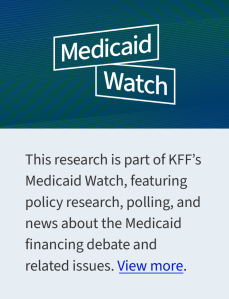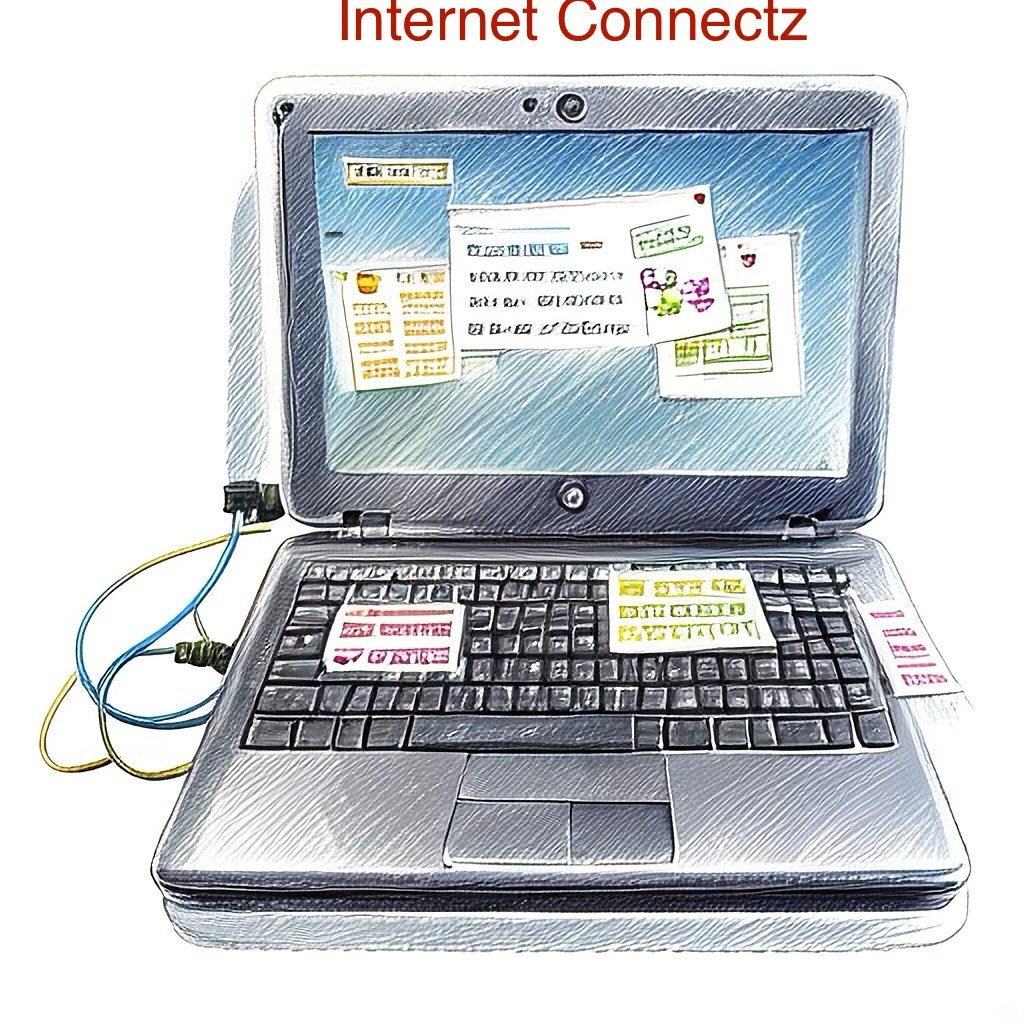
 Despite attempts by congressional Republicans to spin it otherwise, the majority of Americans know that the mega reconciliation bill just signed into law by President Trump cuts Medicaid. Only 27% say they are not sure if it does. Most don’t like the cuts or the new law. That gives Democrats a golden opportunity to use the issue against Republicans in the midterm elections.
Despite attempts by congressional Republicans to spin it otherwise, the majority of Americans know that the mega reconciliation bill just signed into law by President Trump cuts Medicaid. Only 27% say they are not sure if it does. Most don’t like the cuts or the new law. That gives Democrats a golden opportunity to use the issue against Republicans in the midterm elections.
 But most Americans won’t feel the cuts for some time; they have mostly been timed to hit after the midterm elections. The one big exception: if the enhanced ACA tax credits are not renewed this year they disappear, driving up premiums in 2026 by an average of more than 75% for the 24 million people in the Marketplaces, and by 90% in rural areas, and according to the CBO, causing another 4.2 million people to lose coverage.
But most Americans won’t feel the cuts for some time; they have mostly been timed to hit after the midterm elections. The one big exception: if the enhanced ACA tax credits are not renewed this year they disappear, driving up premiums in 2026 by an average of more than 75% for the 24 million people in the Marketplaces, and by 90% in rural areas, and according to the CBO, causing another 4.2 million people to lose coverage.
So, can Democrats make the Medicaid and ACA cuts their winning issue before most people actually feel them? Will the Republicans strategy of metering out the cuts to limit electoral damage work? It probably comes down to how much Democrats can rile up independents and MAGA supporters about the coming cuts in key districts, since Democrats can expect their base to vote for them anyway.
Recent history suggests Democrats will have at least some success. Republicans scared voters about the ACA in 2010, painting Obamacare as a government takeover of the health care system before the public understood what the law actually did, and its benefits took effect and became popular. Or we can travel back to the Harry and Louise ads that helped defeat Clinton health reform, but let’s not.
Democrats used a similar strategy in 2017, using the repeal attempt in July 2017 to help take back the House even though, of course, it failed narrowly and never happened.
Now Democrats will need to tie Republicans to the big cuts they have made in Medicaid and the ACA and scare voters that they are coming and could affect them, either directly or indirectly, such as if their rural hospital closes.
However, the reality on the ground will be more complex, and it will take time before even the trillion dollars in cuts in the legislation filter down to people and validate the messaging. That may matter to independent voters and MAGA supporters who are less receptive to Democratic messaging and much more oriented to conservative media, which generally echoes the Republican spin that the cuts are not cuts at all. In our recent poll, 72% of MAGA supporters start off in favor of the legislation but only 27% of independents do, suggesting that Democrats may find them more malleable.
Some examples of how the realities of bill implementation may complicate messaging:
- Medicaid work requirements are responsible for $326 billion of the cuts and an estimated 4.8 million in coverage losses, according to the CBO. But it’s highly likely that blue states will find ways to slow walk the requirements and exempt more people from them. I implemented welfare work requirements as a state human services commissioner and know well that there are many tricks of the trade to tighten or loosen them in practice. The work requirements take effect in 2027, unless states decide to implement them sooner or are granted delays. The work requirements are also a prime candidate to be repealed in the future by Democrats, who reject the idea on principle that health insurance should be tied to a work requirement. It remains to be seen whether Republicans will hold states’ feet to the fire implementing work requirements or take the political win and move on.
- Cuts in provider taxes and payments to providers make up $340 billion of the overall cuts (these also reduce federal matching funds). It’s not certain how these cuts will translate into reductions in services or more ominously, hospital closures. Hospitals will no doubt eat some of the costs and pass others on in the form of reduced care. While doctors have been generally underpaid by Medicaid, hospitals have been more adequately compensated, and the pain point at which they stop providing services will be hospital specific.
- We don’t know how much of the lost federal funding states will replace, and it will certainly vary across the country. CBO has assumed states will replace about half of the lost funding for some of the cuts, an assumption that seems very optimistic to this ex-state official.
- Democrats have not said whether they will insist on making an extension of the tax credits part of a continuing resolution before the end of the year. Will they shut down the government over this issue? Will Republicans extend the credits or hand Democrats a big, tangible 2026 health care issue to campaign on?
- How will the blame game actually play out when people see their premiums go up, or they lose financial assistance or coverage altogether? Will they blame the plan they are enrolled in? Or the Marketplace they signed up through? Or will they blame Republicans in Congress and President Trump? Democrats will have to connect the dots for them. The same holds for people who lose Medicaid coverage. Will they blame their governor whose Medicaid program cut them? Or will they blame Republicans in Congress and President Trump, whose cuts and policy changes made in 2025 forced the state cuts?
The Medicaid cuts are unpopular, and the polling suggests that Democrats can use that unpopularity to their advantage. We have seen in the past that the fear of losing coverage or access to providers or of premiums spiking can be powerful motivators. But it might be tougher to convince some Republican-leaning independents and MAGA supporters that great harm has been done until they, or their family members and friends, begin to experience it.
The choices congressional Republicans made of what cuts to make and when they would take effect was not just a budget strategy designed to hit a spending target, it was a political strategy designed to mute opposition. The midterm election will be a test of how well it worked, or if it worked at all.






